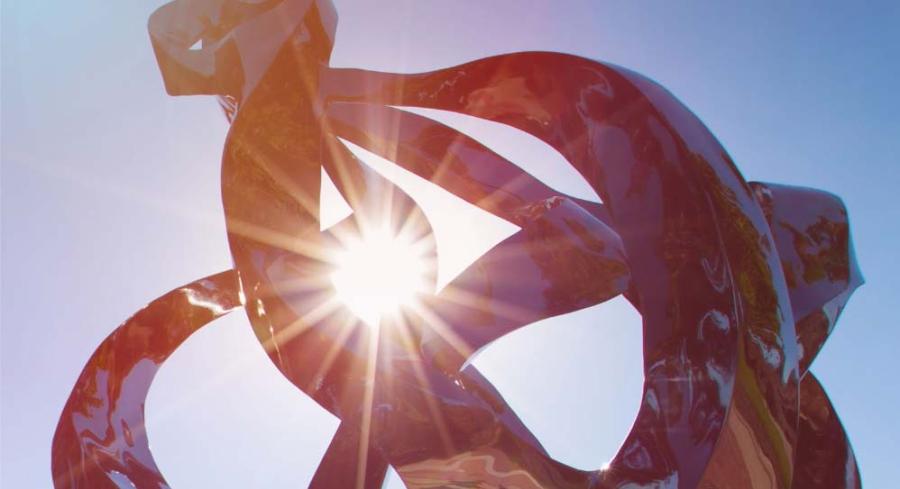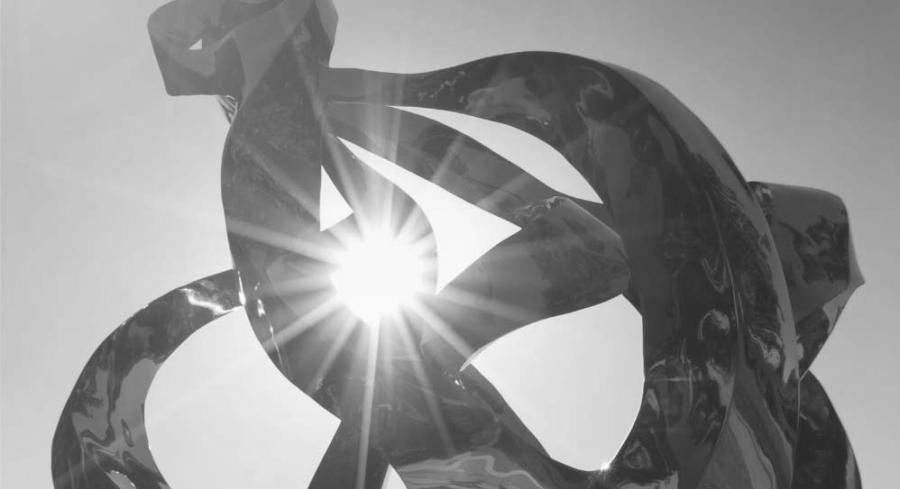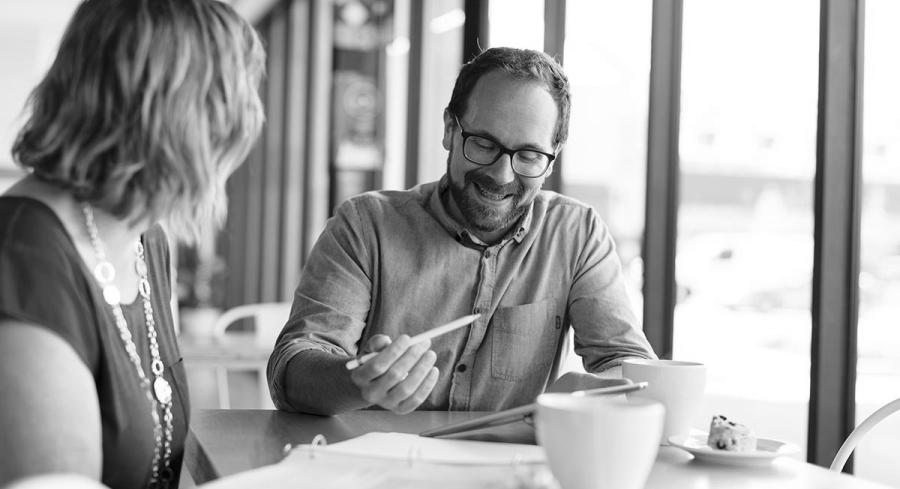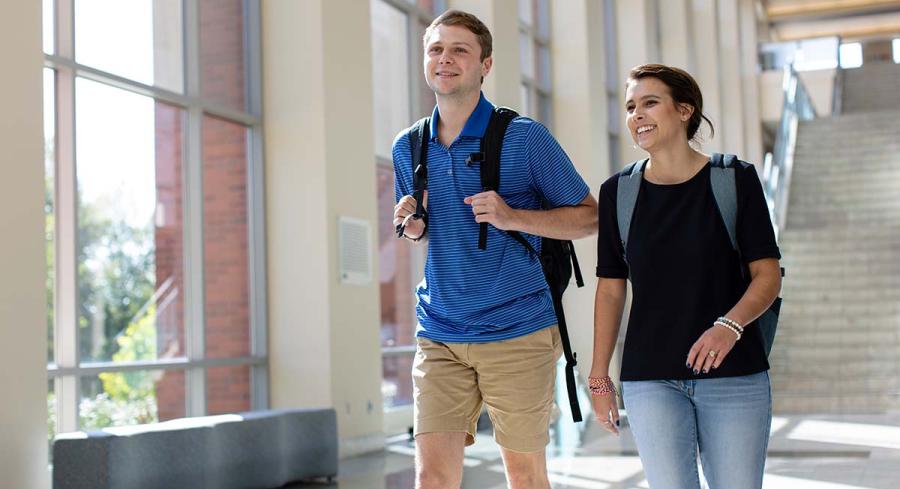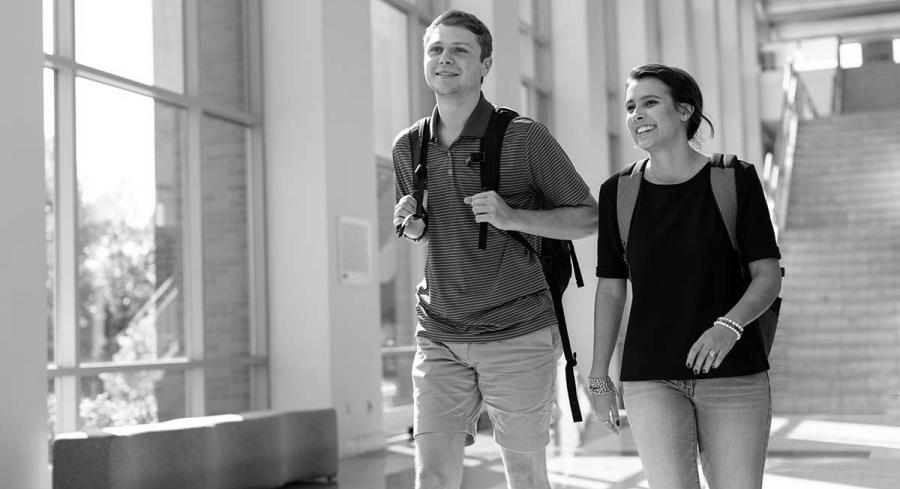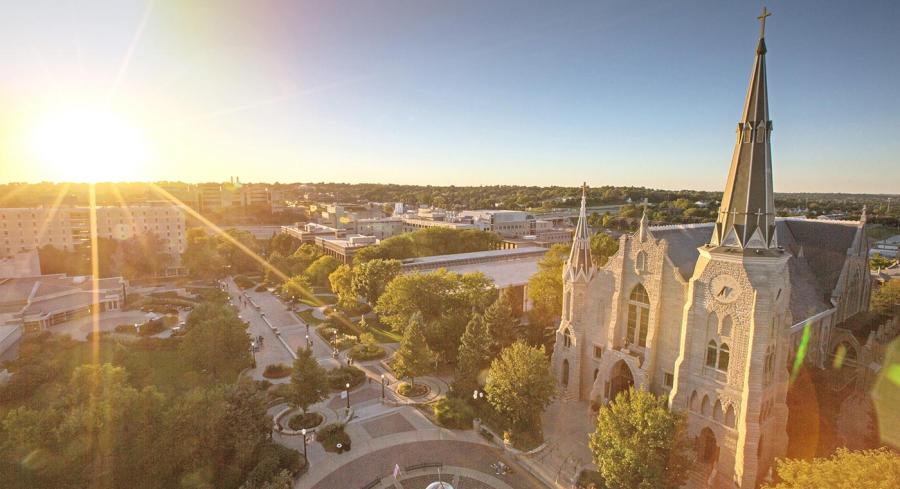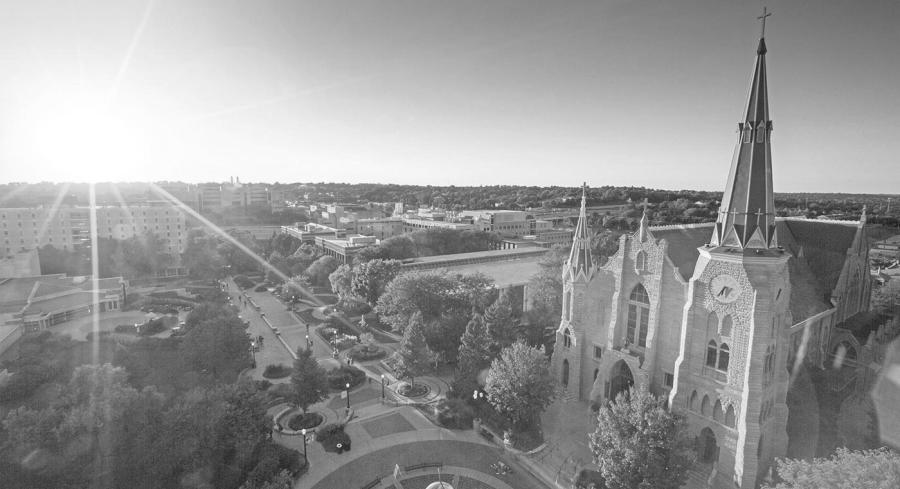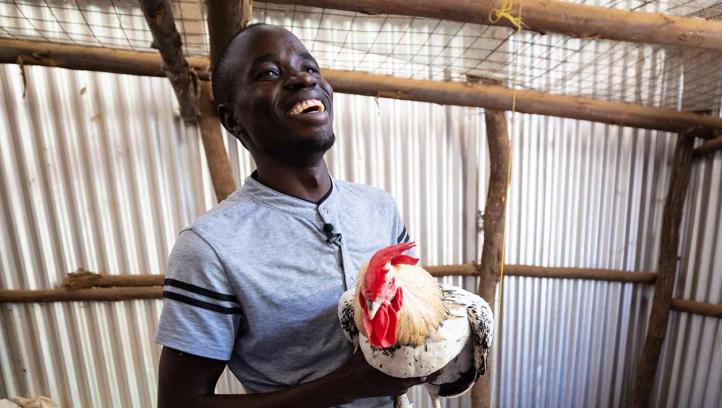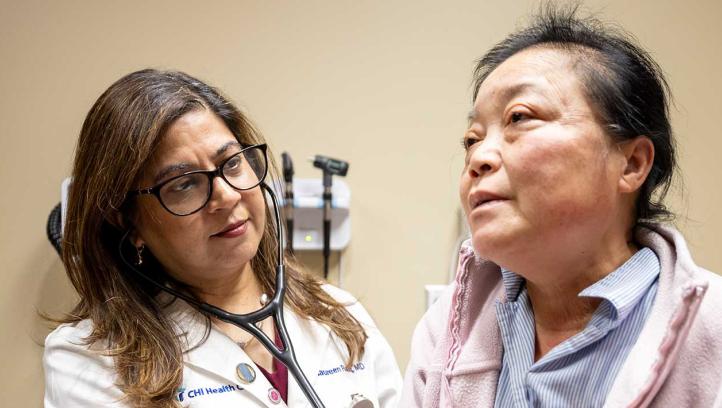
Creighton sustainability program responds to papal encyclical

Laudato si’ provided the inspiration. Creighton students, faculty, staff and administration listened, and now Andrew Baruth, PhD, is tasked with guiding sustainability efforts on campus.
The 2015 papal encyclical, Laudato si’ (“Praise Be to You”), published two years into the papacy of Pope Francis, urges “care for our common home” by resisting environmental degradation and global warming, encouraging responsible development, reining in consumerism and embracing sustainability practices.
In 2017, Creighton President the Rev. Daniel S. Hendrickson, SJ, PhD, signed the global St. Francis/Laudato si’ Pledge, thus renewing Creighton’s commitment to building a culture of environmental care.
That act, Baruth says, marked the beginning of a determined push to embrace sustainability practices.
“It was really at that point that the idea of sustainability became very intentional here,” Baruth says. “Before that there were some ad hoc sustainability initiatives from some staff and faculty, but there was no obvious effort coming from a central hub or from a central office dedicated to the purpose.”
Now, there is.
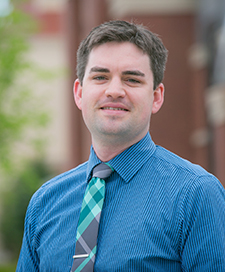
Baruth, former associate professor of physics at Creighton and a leader in the field of solar technology, is the second, newly appointed director of the University’s Office of Sustainability Programs, which is now a three-person office committed to guiding Creighton’s embrace of the papal encyclical.
Creighton’s student body led the way, Baruth says, by successfully pushing to eliminate some single-use plastics on campus and by urging University administrators to begin disinvesting in fossil-fuel companies. Students rose to the occasion during the COVID-19 pandemic by establishing a composting system that continues to provide soil for Omaha community gardens, and by promoting the use of reusable crockery and silverware.
“A boldness emerged from the encyclical that inspired students to take action and to make sure that administration, staff and faculty were taking it as seriously as they did,” Baruth says. “A lot of what we are doing now reflects that.”
Creighton’s campus today is a place where energy use is monitored everywhere, sometimes inspiring a competitive spirit among students in residential halls. Buildings old and new are constantly examined for efficiencies, new buildings are designed to reduce campus square footage while maximizing efficiencies, and innovations such as LED lighting and solar panels are retrofitted to existing buildings and incorporated in new construction.
Even relatively new buildings such as the School of Dentistry, which was completed in the fall of 2018, are subjected to regular inspections to identify areas that can be updated and improved.
“We are constantly reviewing buildings, even spaces that don’t feel particularly old,” Baruth says. “We have an outside company that comes in and basically goes top to bottom looking for potential inefficiencies. There are always new technologies coming out, so the question becomes, ‘Can we do this better?’”
Well, yes, we can, which is why the roof of the new CL and Rachel Werner Center for Health Sciences Education currently arising along Cuming Street near the North Freeway, will be covered in solar panels, and why solar technology will be incorporated into the new Graves residence hall.
“It is a great thing that as we build new buildings — and as everybody has noticed we are in a period of building — some type of solar integration and building efficiency is always a piece of the conversation,” Baruth says.
At the very heart of Creighton’s commitment is the Sustainable Creighton Initiative (SCI), a plan to focus on greenhouse gas emission reduction and waste diversion through 2028. For Baruth, the SCI constitutes a road map, a critical resource in Creighton’s path forward.
“I think that is the big success story in our effort to address Laudato si’,” Baruth says. “Between 60 and 70 people worked on that document. It wasn’t just a top-down directive. It was really an inclusive process where students and faculty and staff in different schools and colleges all came together.
“I was part of that almost two-year task force. It gave us a document that said these are the priorities and this is how we think we’re going to get there. It laid out a road map so now we have well-defined goals and methodologies to get there.”
Finally, Baruth says, sustainability drives are about more than emissions. They are about hope.
“I don’t want our students to feel that we are doomed to some fate that is a foregone conclusion, but that we can take actionable steps,” he says. “The Sustainable Creighton Initiative lets students be part of that solution. I find that very encouraging.”

